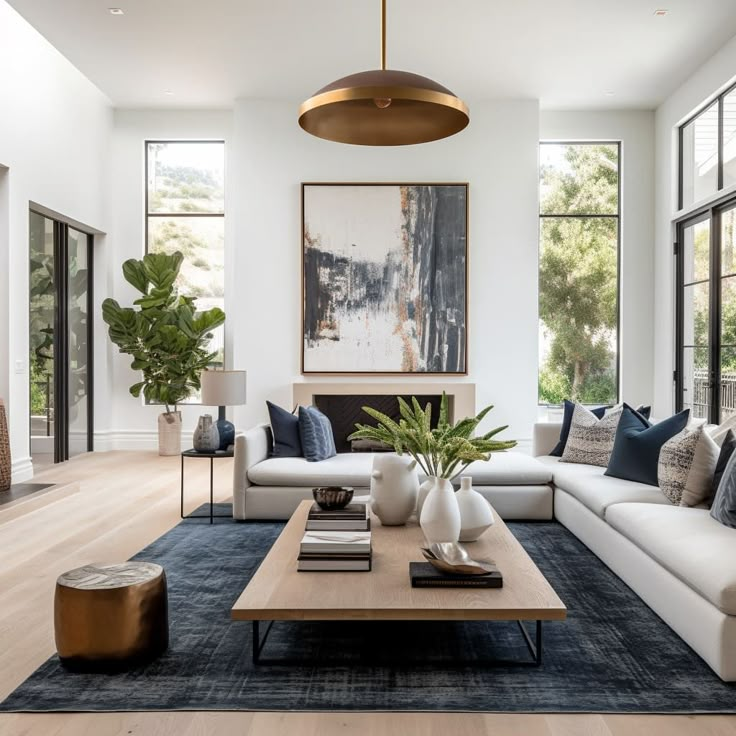
Choosing the right color palette for your home can feel overwhelming—but it doesn’t have to be. Color influences everything from mood to perceived space, and the perfect palette can transform a house into a sanctuary. Whether you’re renovating, decorating, or building from scratch, finding the ideal combination of hues is key to achieving harmony, personality, and flow throughout your home.
1. Understand the Power of Color
Colors aren’t just visual—they’re emotional. The tones you choose will influence how you feel in a space. Here’s how different colors typically affect mood:
- Blues & Greens: Calm, restful, and peaceful—great for bedrooms and bathrooms.
- Neutrals (beige, gray, white): Versatile, clean, and timeless—ideal for any room.
- Yellows & Oranges: Energetic and uplifting—perfect for kitchens or creative spaces.
- Darker Tones (navy, charcoal, forest green): Dramatic, cozy, and grounding—excellent for living rooms or offices.
2. Start with a Base Color
Your base or dominant color sets the foundation. This will cover the most visual space—usually your walls or large furniture. Choose a neutral or soft tone that complements multiple accent colors. This helps create a cohesive look that’s easy to layer.
3. Use the 60-30-10 Rule
A well-balanced room typically follows this ratio:
- 60% dominant color (walls, flooring, large furniture)
- 30% secondary color (upholstery, rugs, curtains)
- 10% accent color (art, pillows, accessories)
This formula keeps your palette from feeling overwhelming or chaotic.
4. Consider Lighting
Natural and artificial lighting can drastically change how a color appears. A soft gray in a sunlit room might look blue in dim lighting. Always test swatches on different walls and at different times of day before finalizing your decision.
5. Reflect Your Style and Lifestyle
Think about what you love and how you live:
- Prefer a minimalist, modern look? Go for cool tones, crisp whites, and subtle contrasts.
- Love cozy, rustic charm? Lean into warm earth tones, deep greens, and natural textures.
- Have a busy household with kids or pets? Stick with durable finishes and forgiving shades that hide wear.
6. Look for Inspiration
From Pinterest boards to interior design magazines, gather images that make you feel something. Identify recurring colors or themes—they’re likely what you naturally gravitate toward. These visual cues are great for shaping your own custom palette.
7. Create Flow Between Rooms
A cohesive color story doesn’t mean every room has to be identical, but they should “talk” to each other. Use variations of the same tone or consistent accent colors to help the home feel unified rather than disjointed.
8. Don’t Be Afraid of Bold Accents
A pop of unexpected color can add excitement and personality. Think a navy kitchen island, emerald green accent wall, or vibrant coral throw pillows. These elements keep a home feeling dynamic and uniquely you.
Your home should be a reflection of you—and color is one of the most powerful ways to express your identity. With a thoughtful approach, a little experimentation, and trust in your instincts, you can build a palette that feels just right. Remember, the best color palette is one that makes you feel at home.
